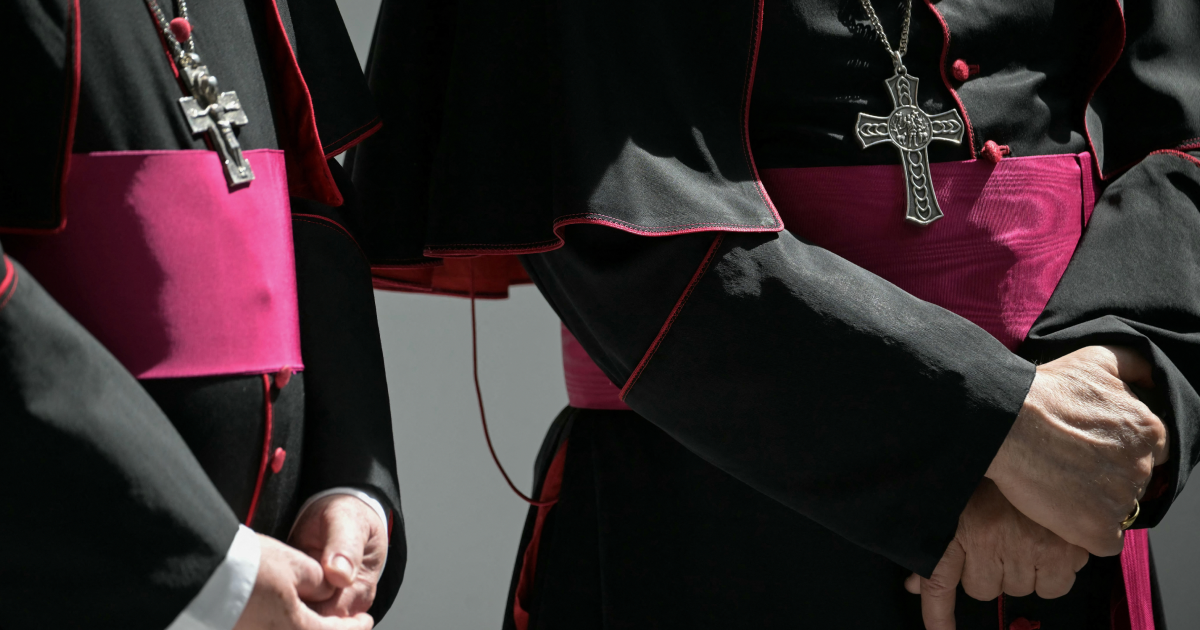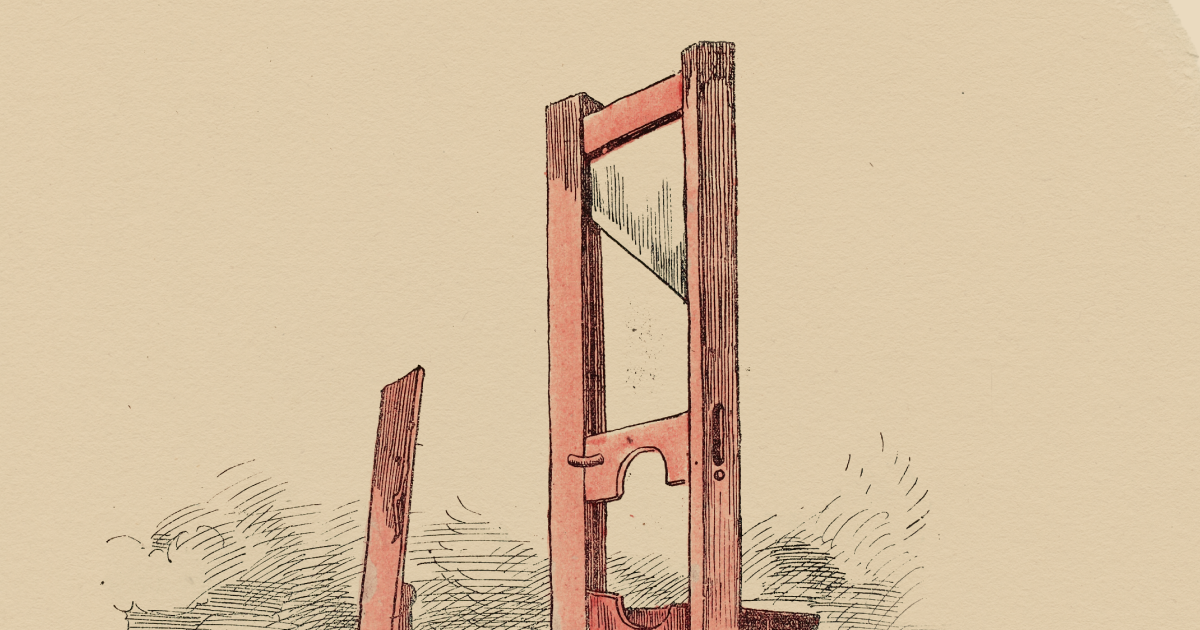When it came to founding independent English Catholic schools in the 19th century, different groups approached the task in different ways. Historically the religious orders led the charge, as highlighted by the recent round of school closures referenced elsewhere in this edition. Mount St Mary and Barlborough Hall were run by the Jesuits, and Our Lady’s Abingdon by the Sisters of Mercy. Benedictine schools survive at Ampleforth, Downside, Worth and Ealing – albeit in transfigured form after the horrors of the last few decades. One great Jesuit institution – perhaps the greatest – survives at Stonyhurst in Lancashire. Like many English religious establishments, it has its hinterland on the Continent during penal times; after various peregrinations it came to rest at its present site at the end of the 18th century. Its heyday came later; by the 1860s it was the largest Catholic school in England, with 250 boys, although Downside was on the rise. An associated confidence in its mission inspired a programme of improvement, not least in its buildings; as Henry Sire observes in his new history of Stonyhurst College, “one can reasonably say that education, as a civilising influence, is better carried on in splendid than in primitive surroundings”.
Splendid the surroundings were – and still are – crowned by the school’s grand west front with its twin cupolas. Sire chooses to focus on the three decades between 1884 and 1914: “the period when the new College was used in the manner for which it was designed”. They were heady days: two generations on from Emancipation, the churches packed to the gunnels, and an abundant stream of vocations both to the priesthood and the religious life. Newman’s vision of a Second Spring in the life of the English Church seemed to be underway, until the storm clouds of the First World War finally broke.
Rather than just plough on chronologically, Sire helpfully divides his study into themes and characters at a time when Stonyhurst was part school and part seminary. We learn much about the approach taken by the Society of Jesus to education at the time – “give me the boy and I will show you the man”, etc – and how it was implemented on the slopes of the Ribble Valley. Inevitably most of the teachers were Jesuits, which kept the wage-bill down. They taught and encouraged their charges in the classroom, but also outside it – on the games fields, the stage, and in their spiritual lives.
The boys who went to Stonyhurst in this era came from more polarised backgrounds than their Anglican contemporaries in similar establishments, thanks to the double economy of some being prepared for the priesthood and others for lay life (from foreign princelings sent to perfect their English to the home-born sons of road sweepers) but, in any case, to think of the college as an interchangeable Catholic version of Eton or Harrow would be a mistake. Crucially, there were few of the traditional hierarchies that the old public schools maintained.
One obvious exception, however, was the Lay Philosophers. After the University of London made provision for dissenters to study for degrees, Stonyhurst encouraged older boys to avail themselves of the opportunity. By way of distinction they had their own rooms, were known as “Mr”, and among other privileges were allowed to smoke, shoot on the college estates, and to visit the nearby towns during their leisure time. Out of their preparation grew the textbooks known as the Stonyhurst Philosophical Series, probably the college’s greatest contribution to the wider academy.
Religious and moral formation also formed a key component of school life, of course, and here history played its part: those teaching in this period, Sire notes, “were the heirs of a rigorous legacy: one forged in hardship, [and] in the years of martyrdom and exile in which the English Province had been shaped”. That rigour had to be adapted to the reality of teaching boys, however: new teachers were encouraged to take an interest in their students’ lives (while not giving away anything about their own) and to use their Christian names – an almost unimaginable innovation, only a generation after Tom Brown’s School Days.
Sire presents as thorough a history of Stonyhurst as one could hope for within the parameters he has set himself: erudite, interesting and well informed. Nevertheless, through his work we can also discern a wider picture. This is, as his subtitle tells us, “A Portrait of an English Catholic School” – but it speaks of broader contemporary truths. Those relate to the aspiration, faithfulness, and ambition of Catholic educators of the period for their charges at a time when English Catholics would no longer be held back by their faith from taking their place in the professions and in national life.
Stonyhurst College is a very different place now – how could it not be? That said, Henry Sire’s book opens up a rich seam of history, pride and inspiration on which its present pupils, staff and governors will surely wish to continue to draw.




.png)


.png)








